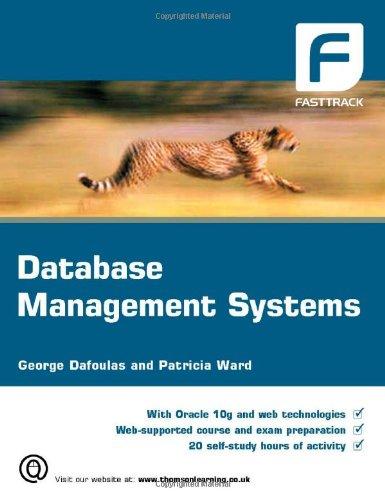Continue on next page (2) (50 marks) EDCF is a company selling cheap wall clocks. Their selling price is 20 per wall clock. They can either manufacture the wall clocks at their own plant in the UK or import them If the company decides to import the wall clocks, there is a 40% chance that a tariff of 2 per wall clock will be imposed. The company will only find out whether there is a tariff after they have made the decision to import or manufacture the clocks. It may be assumed that the demand for wall clocks in a day will either be 200 or 300. If it is 200, it costs EDCF 14 per wall clock to manufacture and 13 per clock to import. If the demand is 300, it costs EDCF 10 per clock to manufacture and 9 per clock to import. EDCF has also the option to advertise the product each day. If they do advertise on a particular day, it costs them 800, and there is an 75% chance that the demand will be 300 wall clocks (and a 25% chance that it will be 200). If they choose not to advertise, there is a 30% chance that the demand will be 300 clocks and a 70% chance it will be 200. Use Excel to construct a Decision Tree for this problem. Use it to determine EDCF's optimal decisions about manufacturing, importing and advertising of the wall clocks. GUIDELINES: Continue on next page (2) (50 marks) EDCF is a company selling cheap wall clocks. Their selling price is 20 per wall clock. They can either manufacture the wall clocks at their own plant in the UK or import them If the company decides to import the wall clocks, there is a 40% chance that a tariff of 2 per wall clock will be imposed. The company will only find out whether there is a tariff after they have made the decision to import or manufacture the clocks. It may be assumed that the demand for wall clocks in a day will either be 200 or 300. If it is 200, it costs EDCF 14 per wall clock to manufacture and 13 per clock to import. If the demand is 300, it costs EDCF 10 per clock to manufacture and 9 per clock to import. EDCF has also the option to advertise the product each day. If they do advertise on a particular day, it costs them 800, and there is an 75% chance that the demand will be 300 wall clocks (and a 25% chance that it will be 200). If they choose not to advertise, there is a 30% chance that the demand will be 300 clocks and a 70% chance it will be 200. Use Excel to construct a Decision Tree for this problem. Use it to determine EDCF's optimal decisions about manufacturing, importing and advertising of the wall clocks. GUIDELINES







